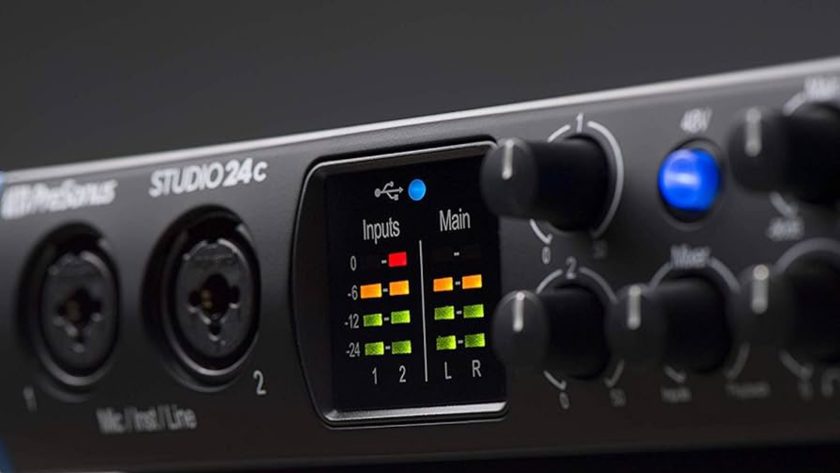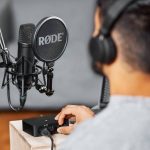A preamp is essentially a device that amplifies the microphone signal to line-level to enable the signal to be recorded. In a recording studio context, preamps are usually found in audio interfaces that bring the weak microphone signal (particularly from condenser mics) to line-level so that they can be recorded on a digital work station or DAW. This is because the signal from the microphone would be too weak to be recorded on the DAW without any proper amplification, and it would sound really tiny or harsh without any gain. Whenever an amplifier is used in the signal chain, it is called gain staging and this works by boosting up the signal so that it can be picked up by the next device in the signal chain.
In a recording studio context, the signal chain will generally look something like this:
Singer –> Microphone –> Mic Preamp –> Audio Interface –> DAW –> D/A Converter –>Studio Monitors
Having said that, I would provide an important caveat that most audio interfaces today come with built-in preamps with phantom power (which is always +48V for condenser mics), so you don’t really need a dedicated microphone preamp unless you are using a high-end microphone such as the Neumann TLM 103 condenser mic which requires more amplification to bring to signal to line-level. In essence, your home recording studio setup would look like this:
Singer –> Microphone –> Audio Interface –> DAW –> D/A Converter –> Studio Monitors
However, you might be wondering…
Do I need a preamp?
In a home recording studio context, the answer is usually no. This is because most audio interfaces come with a built-in preamp and phantom power to amplify the microphone signal. Popular audio interfaces such as the Focusrite Scarlett Solo 4th Gen interface or the M-Audio M-Track Solo comes with built-in preamps with 48V of phantom power to drive condenser microphones and amplify the mic signal to line-level and feed it into the DAW connection. These audio interfaces provide enough signal gain for most condenser mics and can make them sound really crisp and clear with enough volume output.
When should I get a preamp?
You should get a dedicated mic preamp if you want to add more gain staging to the microphone (if you are using a mic that requires more power, such as a ribbon mic) or if you want to add a certain tonal quality and warmth to the audio recording. Tube preamps or FET preamps tend to add a tint of warmth and coloration to the audio recording, which can be really nice if you are recording jazz performances because of the vintage warmth that it delivers.
In other words, preamps are very useful if you need more gain and want more control over how you shape the sound of your vocal recordings, such as adding more vintage warmth and coloration to the overall sound.
If you are recording in a live band, consider getting a channel strip with more channel inputs and onboard EQ and compression. This allows you to adjust everything directly from the channel strip and change the EQ or gain settings for each individual microphone on the go. Channel strips comes with high-end preamps and can provide a unique character and sound signature to the audio recording.
A good example of a channel strip preamp that can add a lot of warmth and vintage to your vocals is the PreSonus StudioChannel Vacuum-Tube Channel Strip and the Neve 1073SPX Microphone Preamp which provide plenty of amplification and phantom power for instrument, line and mic inputs.
Types of Preamps
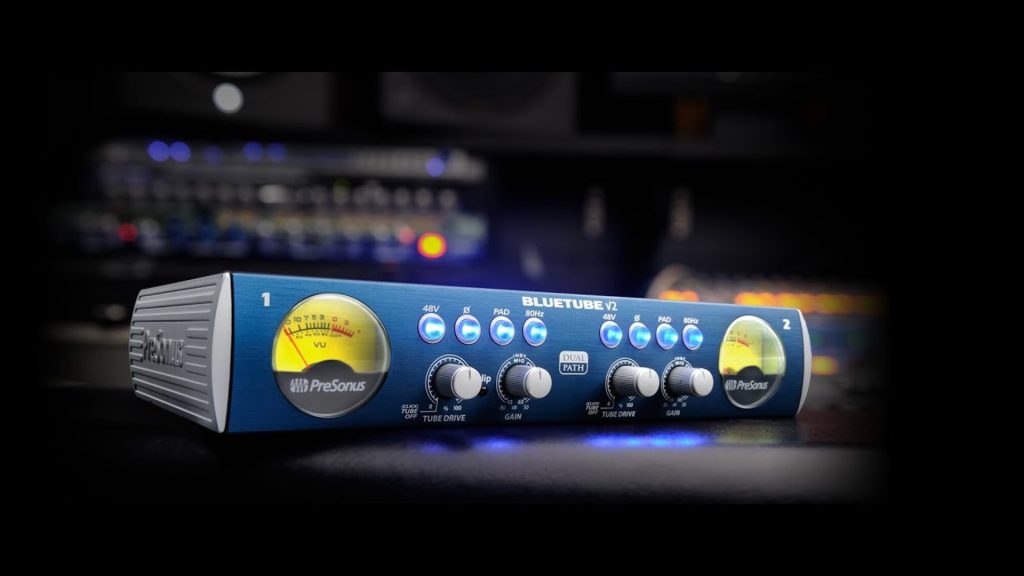
The most common types of preamps include tube preamps, solid state preamps and hybrid preamps.
- Tube preamps use vacuum tubes to add warmth and a vintage tint to your audio recordings.
- Solid state preamps provide clean and crisp amplification with transparency
- Hybrid preamps provide a good combination of clarity with a tint of warmth which can add some coloration to your vocals. A popular example would be the Presonus BlueTube DP v2 tube preamp which provides dual path 12AX7 vacuum tube and solid-state gain stages.
- Channel Strips are really good if you are recording in a band and need to amp up multiple microphones and instruments to line-level
There are also channel strips which come with multiple channels that are fitted with individual preamps (both tube or solid state) to provide amplification for multiple microphones for added warmth and coloration. I would recommend getting channel strips if you intend to record in a live band or have multiple instruments that you want to amplify.
How do I connect a preamp to an audio interface?
Having a preamp or channel strip is not enough is good for boosting the mic signals to line-level, but they still need to be converted to digital signals and sent to the DAW on your computer.
One of the main issues of connecting a preamp to an audio interface is that most preamps already come with phantom power, and this phantom power may flow into the audio interface and potentially damage the equipment or even your microphone. This is a result of double amplification.
To connect your preamp to an audio interface and prevent double amplification, we highly recommend using an XLR to TRS cable to pass the signal from the preamp to the interface (see diagram below). The key advantage of using XLR to TRS is that this does not pass phantom power between the preamp and the audio interface, and thereby overwhelming the preamp or microphone with excessive phantom power. You should make use of a proper XLR to TRS connector with your audio interface line-in for this purpose.
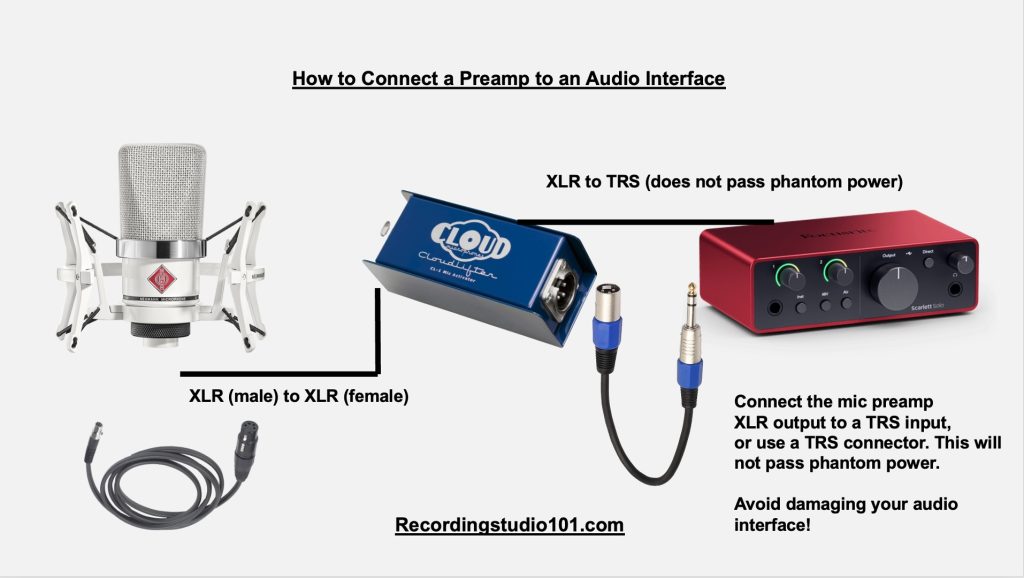
What preamps should I use?
If you are thinking of getting a preamp to provide more gain staging for higher-end mics or to add coloration and warmth to the recording, I would recommend these preamps. Please read our guide on the best mic preamps to some of the things to look out for when selecting a preamp, such as the number of inputs and channels.
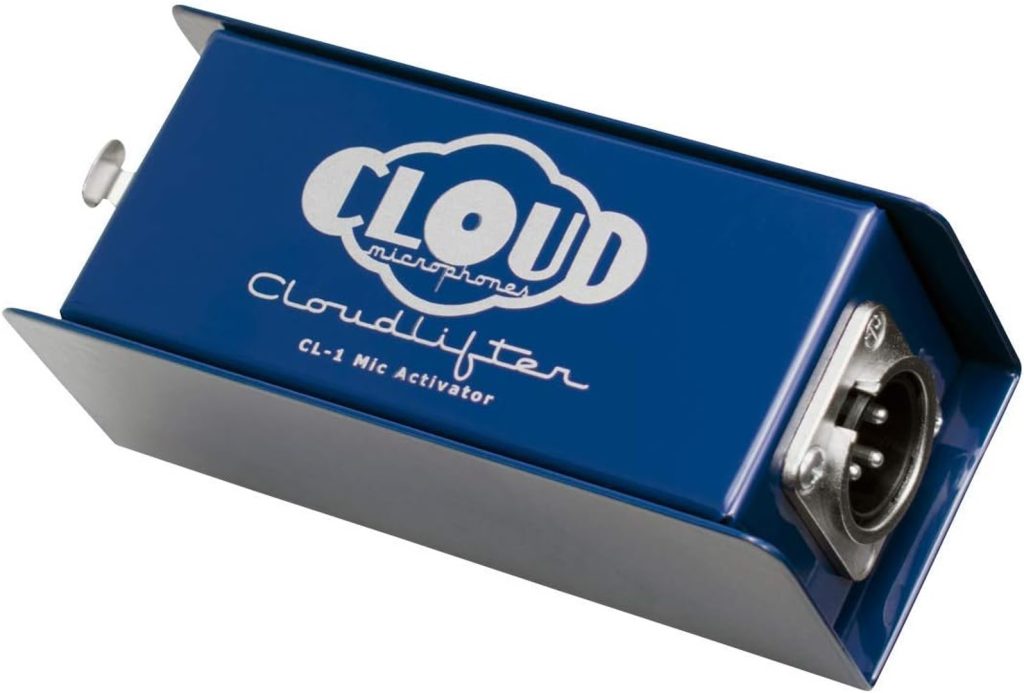
Cloudlifter CL-1 Mic Activator – this is a really clean mic preamp for a single microphone that provides ultra-clean performance with decent gain. This preamp is great for boosting the signal of quiet audio sources like vocals and acoustic instruments while maintaining the natural sound without any coloration. It also gives passive mics up to +25dB of power without passing phantom power to the microphone itself, which is a great advantage as you don’t need to have an XLR to TRS combo to prevent phantom power from reflecting between the preamp and audio interface. This microphone is compatible with tube or ribbon microphones without any transfer of phantom power.
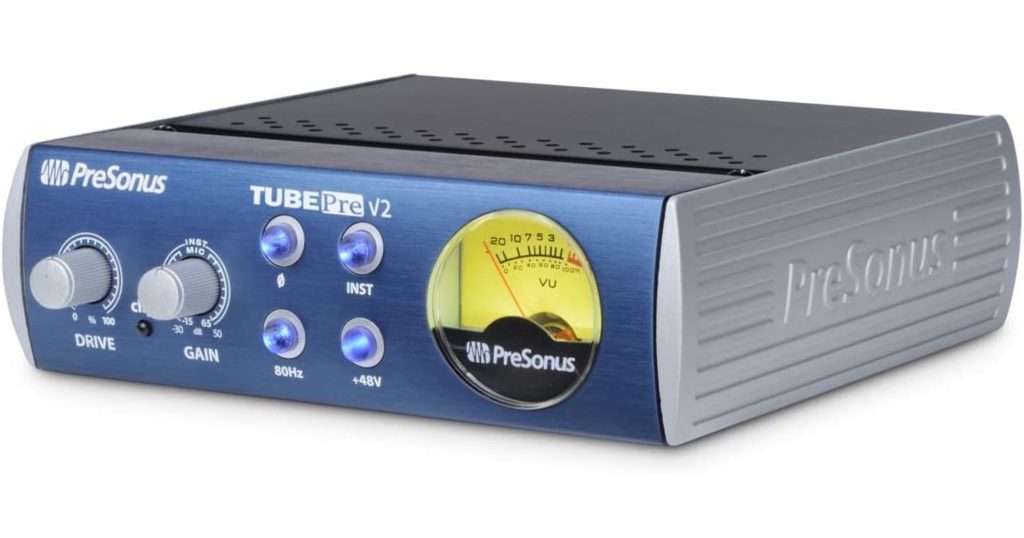
Presonus BlueTube DP V2 Mic Preamp – this is a really versatile preamp because of its dual path design with both 12AX7 vacuum tube and solid-state gain stages. This preamp also comes with combo microphone and instrument inputs with Class a XMAX mic preamps and a 48V phantom power, and also provides tube drive saturation control to adjust the warmth and tint. It is also very compact and can be mounted on a rack mount chassis.
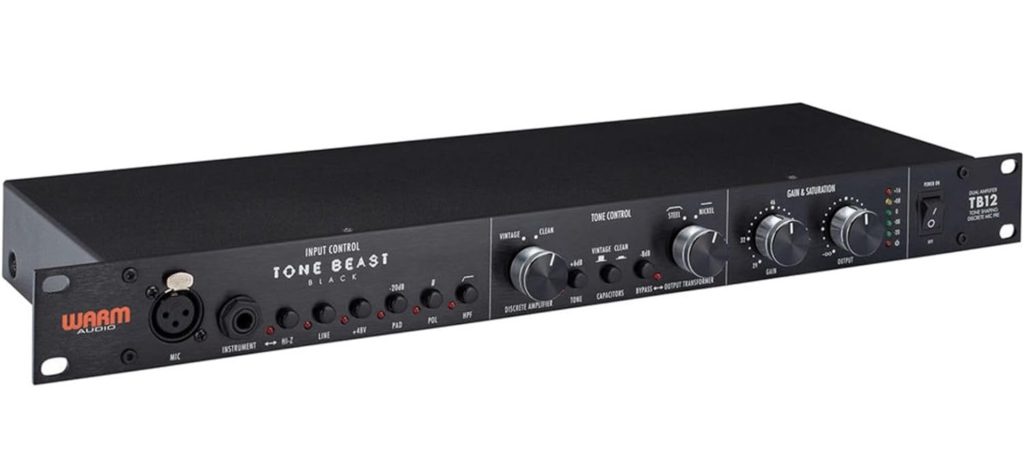
Warm Audio TB12-B Tone Beast Tone Shaping Mic Preamp – I really like this preamp because it gives you a tonne of customizable options with the sound and allows you to shape the microphone sound to emphasize the frequency ranges that you want. It comes with a mic and instrument preamp with variable character together with discrete op-amp sections. It also comes with a high-pass filter with selectable capacitors and cinema transformers. The real advantage with the Tone Beast mic preamp is that it supports multiple discrete signal paths, allowing you to select different transformers, op-amps and enjoy a variety of tones – this allows you to “shape” the sound according to your preferences.
Next Steps
If you want to check out some of the best mic preamps that we recommend that can really shape the sound performance of your vocals, be sure to check out these guides.
